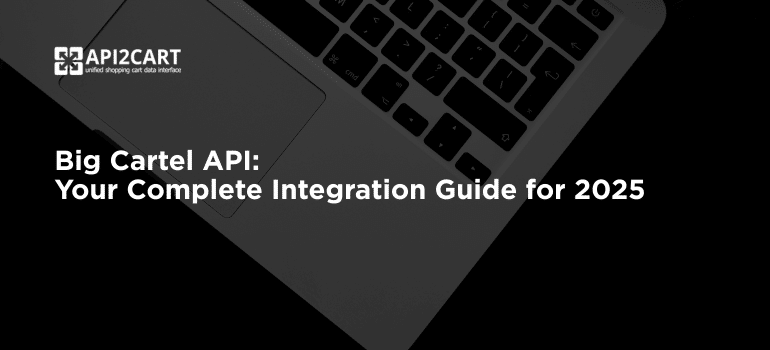
While more and more web apps take advantage of APIs to achieve the proper result, data performance is one of the most important things. XML used to be the only method for exchanging data, but now JSON becomes the gold standard. Whereas, it’s important to be aware of the foundations of JSON and XML and to understand the differences. So, let's explore the pros and cons of both - XML and JSON.
Until recently XML (Extensible Markup Language) has been the primary choice for open data sharing as there were no other formats available. It is considered to be the multi-purpose solution in solving the information-sharing problems. Comparing to SGML (Standard Generalized Markup Language) it was a real breakthrough, this single format dealt with documents, images, videos, audio, and other data. But today’s digital world requires wider options and a few years ago a new lightweight JSON-based approach has appeared. So, now developers often have to choose between the two most popular formats: XML and JSON (JavaScript Object Notation). The topical issue for programmers is what’s the best format to choose, how to make a proper decision?
What is XML?
The subject matter of XML is encrypted in its name:
Extensible. The XML tags are not predefined, you must define your own tags and their order. Also, you have to unpack how they should be displayed or processed. XML could be represented as a file on the server or as a piece of data that streams between two computer systems.
Markup. The main feature that is distinguished (as it was mentioned above) to be the most recognizable in XML is its tags. Actually, all the elements that are created are very similar to ones in HTML. Nevertheless, you have to define your own set of tags in XML.
Language. PSS, MathML and even XSLT tools are created on the basis of XML as it is a meta language.
What is JSON?
During the past few years, JSON has also become widely used in the web app. It is a shortening of JavaScript Object Notation and has been designed for information storage in an easy-to-access way. Moreover, it is well-organized in order to provide a human-readable collection of data that could be accessed in a logical manner. Also, it’s very easy for machines to parse and generate this format, thus, JSON provides a fast data transfer.
XML vs JSON
Сomparing JSON and XML it can be said that these data representation formats are very tied when we talk about openness and simplicity. In fact, there isn’t much difference between them, there will always be people preferring one or another format and bringing their point home.
Both JSON and XML use Unicode for data creation letting generic tools to manipulate it. As a result, a wide range of developers use these formats to make information interchange easier. Depending on the data you want to transfer, it is considered useful to mention that JSON stores data like numbers, text, attachments, etc. However, XML provides expanded opportunities with the possibility to store any data type you need. But people usually face difficulties when it comes to reading it, so that is not always a good thing. It requires extensibility to manage various elements like images or graphs. And manipulation with classical data doesn’t need extensibility making JSON more convenient for usage rather than XML.
Talking about the human-readable feature, XML and JSON are considered to have it as they both are understandable and simple. However, JSON format is more limited, thus, more readable supporting a smaller number of data than XML. On the other hand, with XML you will have a possibility to attach files of any format.
In conclusion, it’s obvious, that choosing between these two formats is a matter of the programmer’s taste. There are many reasons to use JSON but there are still strong reasons for using XML. This choice depends on the data that will be shared, the final consumer, etc. API2Cart Dev Team gives a possibility for programmers to choose the most suitable one trying to do their best to meet all your needs and demands. For example, if you mostly work with XML, you are able to choose XML format for data presentation. Accordingly, if you use JSON, just type .json in a browser line and you will get all the necessary data in JSON format. If you have any questions feel free to contact our Support Manager.



